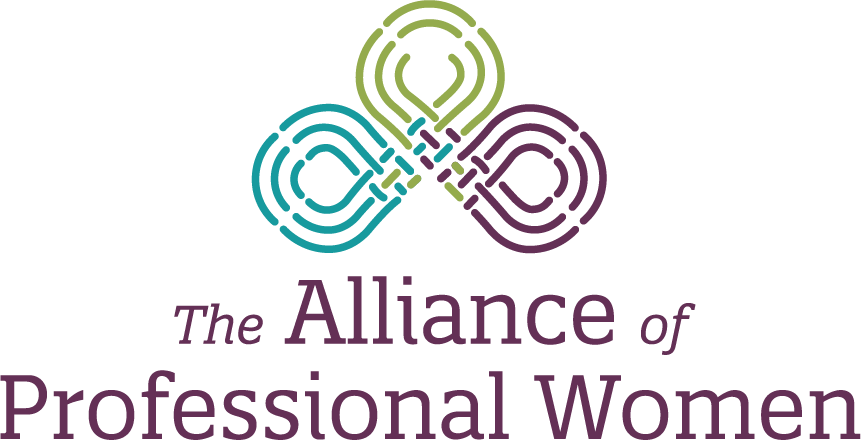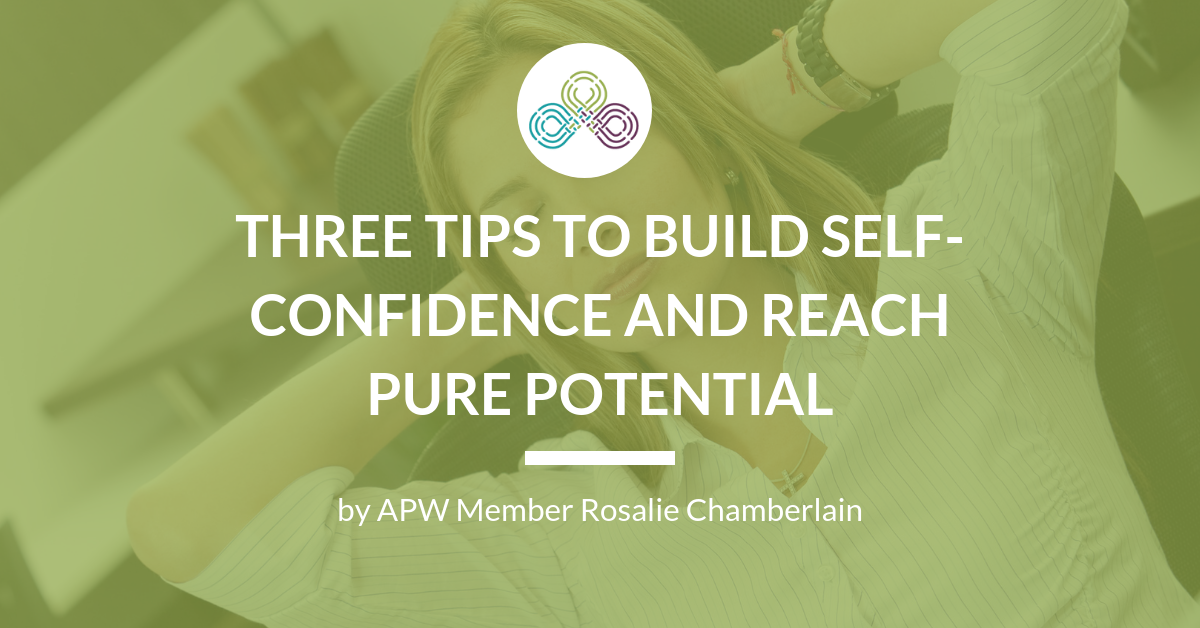According to Merriam-Webster, Confidence is a feeling or consciousness of one’s powers or, of reliance on one’s circumstances; faith or belief that one will act in a right, proper, or effective way.
Many have heard the Henry Ford quote, “Whether you think you can or whether you think you can’t, you’re right.” It boils down to what we believe about ourselves. Internal messages, as well as outside judgments, put a damper on our confidence.
If we understand feelings and beliefs are in our power to control, pausing and examining what we are thinking is the first step to choosing an effective approach.
Three automatic defaults often drive our reactions: Limiting Beliefs, Assumptions, and Interpretations.
1. Limiting Beliefs
Limiting beliefs are the ways we view ourselves, others, events; the way we think things are. In a
fast-paced environment, the default is to rely on what is quick and easy. Simply questioning our thoughts will lead to recognizing and sorting through beliefs and actions that can have a negative impact.
Start with examining your words; the power of words is underestimated. Words can be used to help or harm. We can choose our words and ensure that our comments are driven by integrity and honesty.
Internal messages come from an inner critic that is eager to frame one’s capabilities in a category of “not enough” syndrome. Studies have revealed that often women want to be 80-100% certain before they accept a new role or job. When we focus on what we really want, we can clearly identify what is needed for a situation and create real steps to achieve our goals. However, if the “not enough” syndrome is driving, such beliefs limit forward-thinking and capability.
I have worked with women and men who have held themselves back from going after a job or project because of a lack of confidence. The next words out of their mouths are: “But I know I can totally do it.” There is a disconnect between what they believe and their words. Identify what actions are needed to succeed and set goals and steps to get there. If continual learning and growth are values one holds, pushing through negative messaging reflects being in integrity and confidence.
Leaders sometimes impose the “not enough” pattern on individuals they lead. If a leader is truly looking to unleash and support the pure potential of their workforce, it is critical to be aware of the automatic judgments and beliefs that hold people back, which are damaging to careers and the potential of individuals, teams, and the organization.
2. Assumptions
Assumptions are automatic. We make them about ourselves and others because our mind is relying on past events or “inherited” beliefs, with a presumption that history will repeat itself. This is damaging when not questioned; it is stereotyping people, events, and things. We perpetuate biases that harm potential. It is critical to make these beliefs conscious so that we can examine their truth and the impact on holding the assumption. Assumptions squelch risk-taking, possibilities, inclusion, and growth. When someone’s aspirations for themselves and others are based on predetermined expectations, they hold themselves back or do not give others a chance.
3. Interpretations
(assigning meaning to what someone says or does) Relying on unquestioned interpretations is defaulting to automatic judgments. A snowball effect begins which creates a vicious cycle of taking things personally, not feeling good enough, and risk aversion, all the while judging and blaming the situation and others from a narrow perspective that diminishes confidence. The best action someone can take is to determine if there is another way of looking at the circumstance, and to seek out multiple perspectives. We see the world through our own filters and we need to be conscious of those filters.
The responsibility for success lies both within the individual and within the leaders of organizations. Systems and cultures need examining. Individuals need to focus on what they have control over, where they have influence, and what they can do to give their best performance. Challenging automatic beliefs, assumptions, and interpretations increase self-awareness and allows for greater self-confidence and success. Challenge the truth of what you believe and the result is greater confidence.


